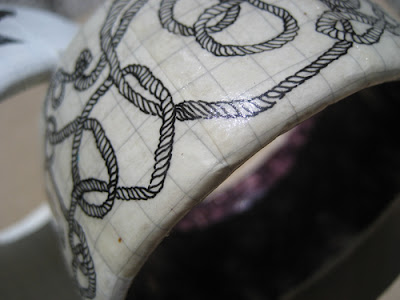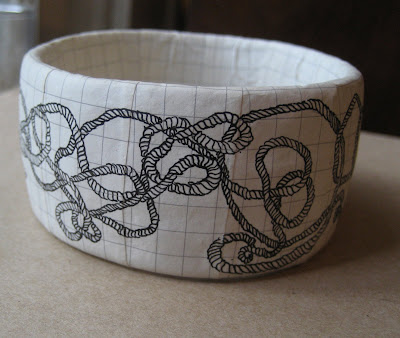Last night to the constant blasts of impotent fireworks, the echos of long ago wars and the wars across the sea, we walked the neighborhood, randomly following the clusters of screeches and pops, and quickly found ourselves in parts of the neighborhood we'd never explored, and so in the dark it was twice as foreign, who lives here? At the other end of the block, kids ran about under the street lights and played a game of their own device, their faces, clothes, even their color obscured. It is a strange novelty to me to walk about in a neighborhood and wonder about all the people that surround me. In the country, neighbors are screened from view by fields, swamp, and woods, or sometimes simply larger yards. . . the hints are harder to find. Here I can ask: are they lonely surrounded by blocks upon blocks of neighbors? A luminous man in his living room walks on his treadmill, his skin red, and white shirt drenched, is he content? In the next room red gladiolas burst open on his dining room table, an affirmation, but of what? There is a holiness to this moment, that man exercising his body in the protected, but not private space of his living room. A couple blocks ahead, a dozen or so people tumble out of a house and drift down the street, the two of us trail them winding through the streets to a city park. One soccer goal stands in the middle, its darkened field attended by a handful sitting on the bleachers, they shrouded in the darkness, watch in silence while a few groups of ten or so on the far side of the field shoot off red, green and yellow explosives, shouting in delight. Back among the houses which are mostly darkened and quiet, I can smell the sweet flowers of hedges and mimosas, things that during the day would disperse among the riot of color and car exhaust. Tonight they mingle with the sharpness of holiday gunpowder.
I feel as if I am always grasping at life's experiences, remember this, remember that. How does this moment fit me, my art? Where do my daily experiences fit in making?







